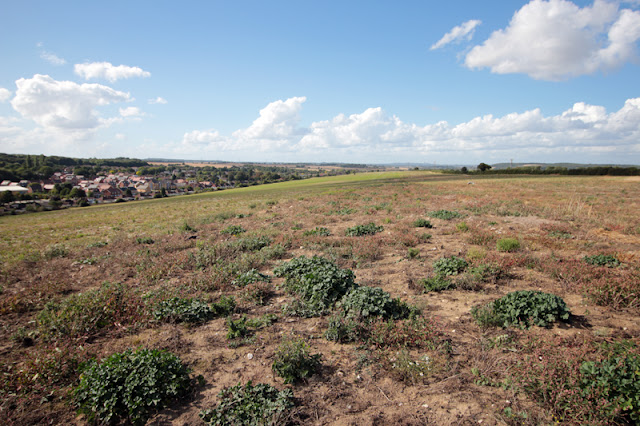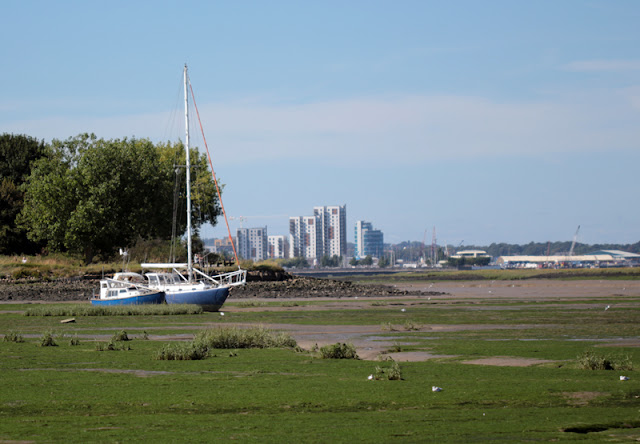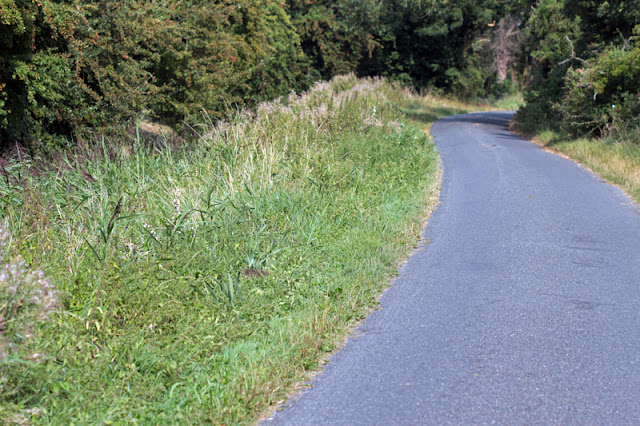Autumn Arable Wildflowers, Longfield, Kent. 20/09/2016

There is a large arable field just North of Longfield that has been left fallow for well over a year. I thought it might have some interesting arable plants now so I had a quick visit to see what I could find. Apart from being a nice open space, it doesn't look much does it. However, when the farmer leaves it a while before spraying, the seed bank in the soil comes to life. Longfield can be seen to the left of the photo. Scarlet Pimpernels are almost guaranteed to be present and can be found in a variety of habitats from pavement cracks to shingle areas. However, arable field edges are their stronghold. Always keep a look out for subspecies, such as the rare Blue Pimpernel or a rose coloured variant. Anagallis arvensis subsp arvensis There were at least a thousand of these Small Toadflax plants scattered throughout the field, with their snap draon type small flowers being distinctive. The flowers are mostly white, but look closer and you'll see pink

